The benefits of cultivating and using bamboo are almost endless, and you can read all about them in our article What’s so great about bamboo? And even if you’re not growing bamboo on an industrial scale, you can think of all sorts of reasons to plant it in your own home garden.
But before you start planting bamboo, you need to be sure you know what you’re doing. Bamboo, after all, is a mighty plant. Sometimes it seems to have a mind of its own. So if you’re not well informed and prepared, you might just end up with a great mess on your hands.
In order to help you get the most out of your bamboo, and to make the most out of your garden, we’ve prepared a comprehensive how-to guide. This should include everything you need to know about growing bamboo. From choosing the best varieties for your landscape, to watering, pruning and transplanting, we cover it all. For even more, check out our glossary of bamboo terminology.
By following these basic instructions, you should be able to create a lush and beautiful bamboo garden. Sure, it helps to have a green thumb, but it’s certainly not essential. Even if your thumb isn’t green already, it will be by the time you get through this how-to guide and spend a few weekends among the rhizomes.
NOTE: This article first appeared in May 2019, most recently updated in June 2024.
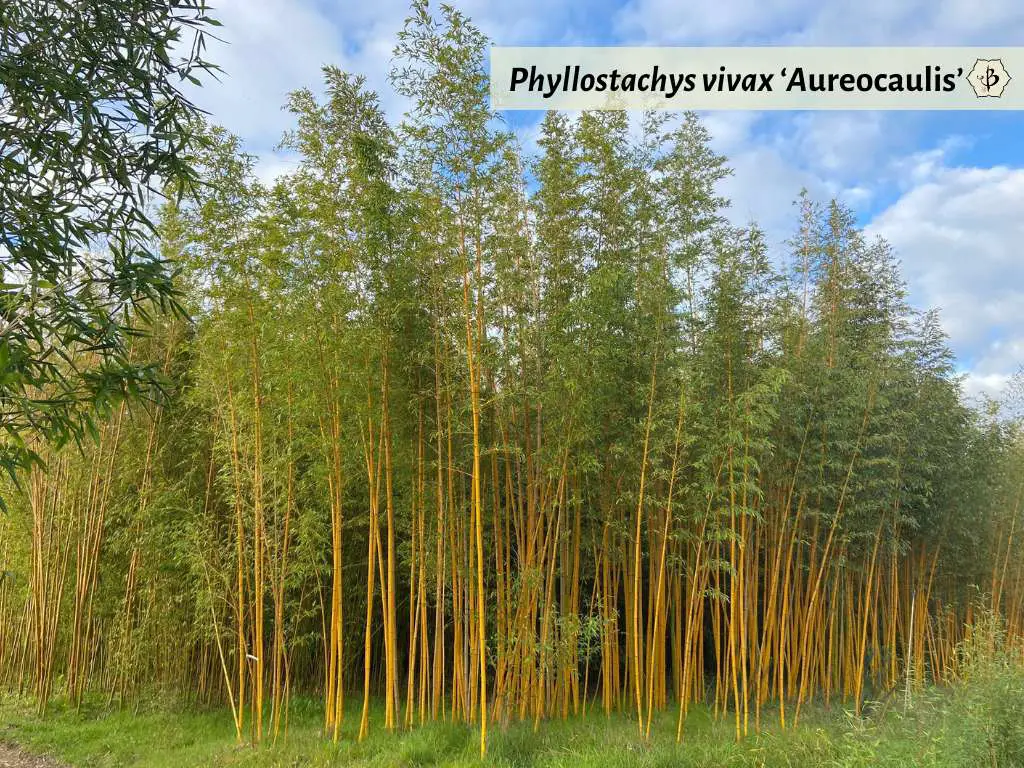
Why grow bamboo?
There are dozens of reasons to plant bamboo in your garden. But before you get started, you need to think about YOUR reasons for growing bamboo. Because your reasons will play a very important role in determining which varieties of bamboo you want and where you want to plant them.
Perhaps you want to grow bamboo for a privacy screen. This is one of the most common reasons why people plant bamboo. Many varieties of bamboo grow very quickly and get very tall and bushy, like a hedge. Some even grow up to 50 or 60 feet high, tall enough to provide privacy in your upstairs in windows.
But maybe privacy is not a concern, and you just want some beautiful bamboo to decorate your garden. You’ll want something that looks good with your landscape. A lighter, yellowish bamboo could bring a good contrast. Or dark canes with deep green might work better.
Are you going for a Japanese garden look, or just something tropical? Do you want an eye-catching centerpiece with unique characteristics in the middle of your garden? Or just some accents alongside an already-established landscape? Bamboo could accomplish any of these things.
If your property is spacious, bamboo could be just the thing to fill some of that empty space and cover it quickly with greenery. Do you want to hear thick canes knocking in the window, or just the light rustle of leaves? If you have sloping land or waterways, bamboo’s complex roots are also ideal for erosion control.
With a small garden, in a suburban neighborhood or even an apartment, you may be better off keeping your bamboo in a pot. You might even want an indoor plant, which could be tricky, but not impossible with bamboo.
And maybe none of these practical and aesthetic purposes mean anything to you. You might just be interested in sequestering as much carbon as possible, and producing the maximum amount of clean oxygen. Bamboo is great for that, too.
Like I said, the reasons for planting bamboo are almost endless. You could just be an aspiring botanist, or even an accomplished botanist, dazzled by the fact that bamboo is both a wood and grass. And with as many as two thousand species and subspecies, you’d like to cultivate as many varieties as you possibly can.

Choosing the best variety of bamboo
Once you’ve given some deep thought to why you’re growing bamboo and what you want to get out of it, you can make a better decision on which variety or varieties to plant. You’ll also need to consider how much space you have in your garden. Finally, you need to be aware of your local condition. Your climate zone and soil type will have a significant effect on how your bamboo performs.
To learn more about selecting the right species, check out our articles on How to Choose the Best Bamboo and 10 Best Bamboo varieties for your garden.
Running or Clumping Bamboo?
Runners without borders
Usually, when people think of bamboo varieties, they split them into two categories. First you have your running bamboos, with their notoriously aggressive rhizome roots. This unstoppable growth habit has earned bamboo a bad reputation in some gardening circles.
Running bamboos have no respect for property lines or antique rose gardens. They can tear up your lawn, and your neighbors’ lawns. They can also wreak havoc on your sprinkler system, even your plumbing and your gas line. Bamboo has even been known to get into the exterior walls of a house.
And when you (or your neighbor) finally decide you’ve had enough, you’ll have your work cut out for you. Removing a well-established grove of running bamboo can be one of the greatest challenges in a master gardener’s playbook. Bring out all your heavy tools, including a pick ax and a saws-all. You might even need to rent a back-hoe.
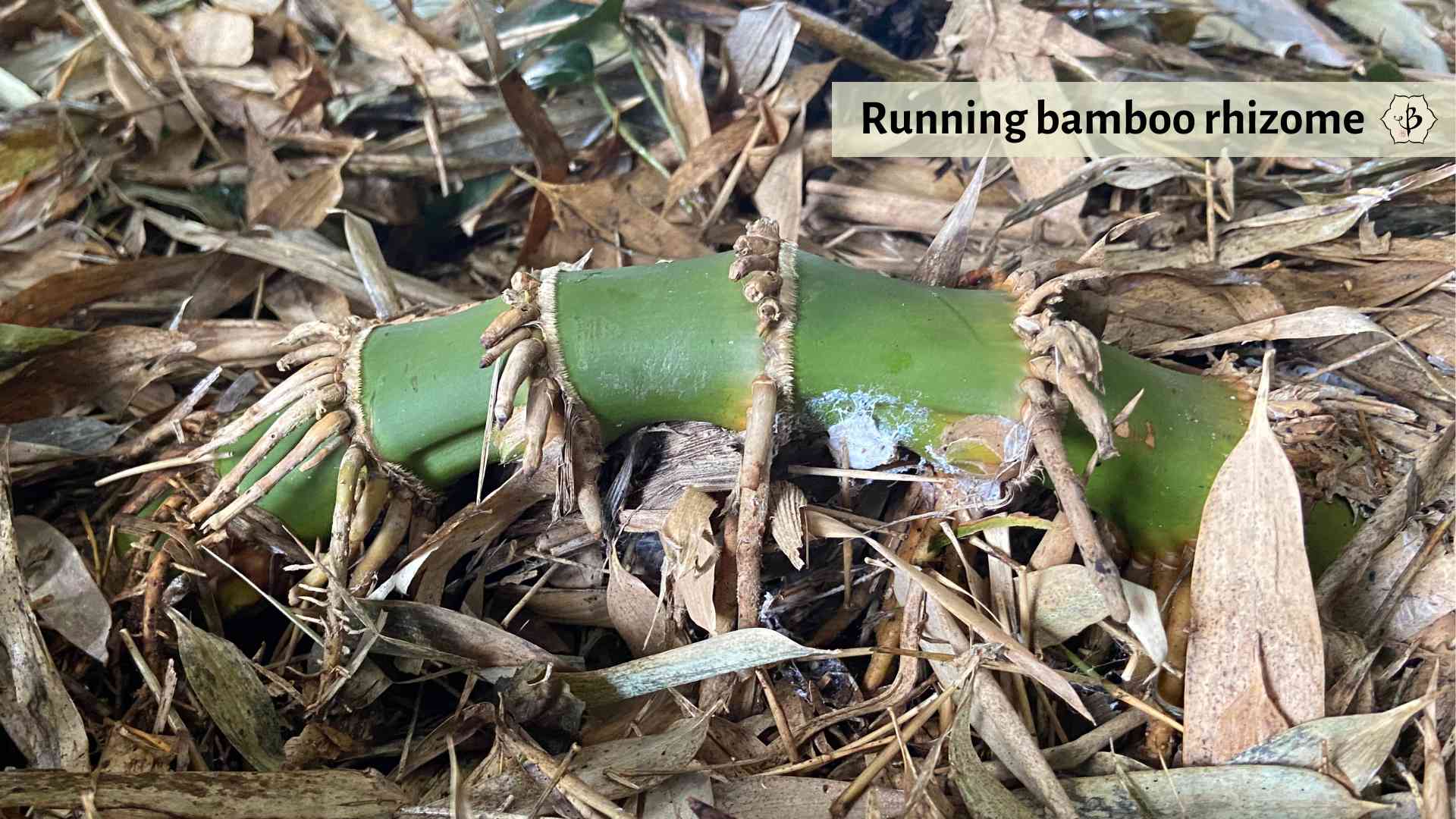
Run for your life
But it doesn’t have to be like this. Unfortunately, a lot of amateur bamboo enthusiasts will run to the hardware store and grab a few inexpensive pots of golden bamboo (Phyllostachys aurea). Because it grows so prolifically, or invasively, it’s quite easy to propagate. For that reason, it’s pretty inexpensive and easy to come by. But it can be a monster when you let it loose in your garden.
All members of the genus Phyllostachys are runners and should be handled with care. Luckily, you can usually recognize a Phyllostachys by its branching or the prominent indentation (sulcus groove) that runs along the length of each segment (internode).
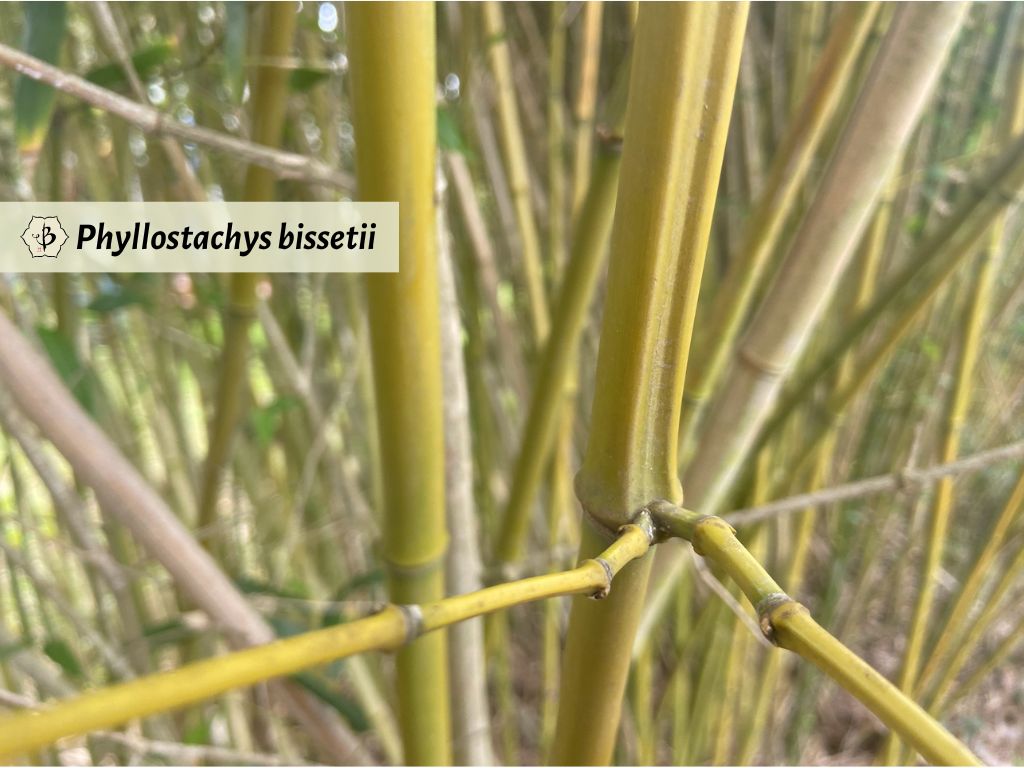
Knowing this, you might wonder, why would I ever plant a running bamboo? But as it happens, there are a few running bamboos that are among the most popular strains. Black bamboo (Phyllostachys nigra) has beautiful deep green foliage and dark canes that look wonderful in the garden and are lovely for building. Phyllostachys vivax is also popular for its massive height and girth. Its poles provide great privacy and are excellent for construction purposes.
Privacy screens and hedges are one of the most common reasons why people choose to plant bamboo. And when they do this, they want the hedge to fill in quickly. Therefore, it often makes sense to select a fast-growing variety of bamboo, and that’s usually a runner.
Containing bamboo
If you do end up planting a running bamboo, you can also take precautions so that it doesn’t get out of control. The best method is to bury a rhizome root barrier deep into the ground and surround your bamboo with it.
Bamboo Shield makes an excellent root barrier product that’s available from Amazon. The barrier comes in three sizes, for cold, warm and tropical climates. The warmer the climate, the thicker the barrier. Available on 25-foot rolls, the virtually indestructible barrier ranges from 2 to 3 feet deep. When in doubt, use the deepest you can find.
Once you’ve got your root barrier in the ground, you can rest easy knowing that your bamboo will stay in its place. Because without a reliable containment system, the roots are liable to get everywhere. And they might not do it right away, but eventually, a runner’s gonna run.
You can also try confining your bamboo in a large pot. I like to use half-barrels, which look more natural in a garden setting, but also have a lot of space. Even so, bamboo in a barrel will never reach its full size the way it will when its roots are allowed to run free in the ground. And that’s a shame if you’ve grown a nice big timber bamboo.
Furthermore, when you put running bamboo into a pot, you can run into other problems. The bamboo can get root-bound quickly. So you’ll need to transplant and divide the rootball regularly. Otherwise, your pot might burst. It’s also very difficult to water bamboo when it gets root-bound. The water will tend to roll off without actually penetrating down into the roots.
Check out our in-depth articles on Bamboo Containment and Bamboo Removal for more details.
Clumpers make good neighbors
As you can see, growing running bamboo can be a challenge. So it’s easy to see why many gardeners prefer to seek out clumping varieties. Even so, it’s important to realize that not all clumpers are equal.
Just as some runners are far more aggressive than others, there is also a range of growth habits among clumping bamboo. Typically, the clump will spread until it reaches full maturity. For some clumping varieties, the mature plant might only be 5 or 6 feet across, but others can get 15 or 20 feet wide. Then there are “open clumpers”, which continue to spread, albeit slowly.
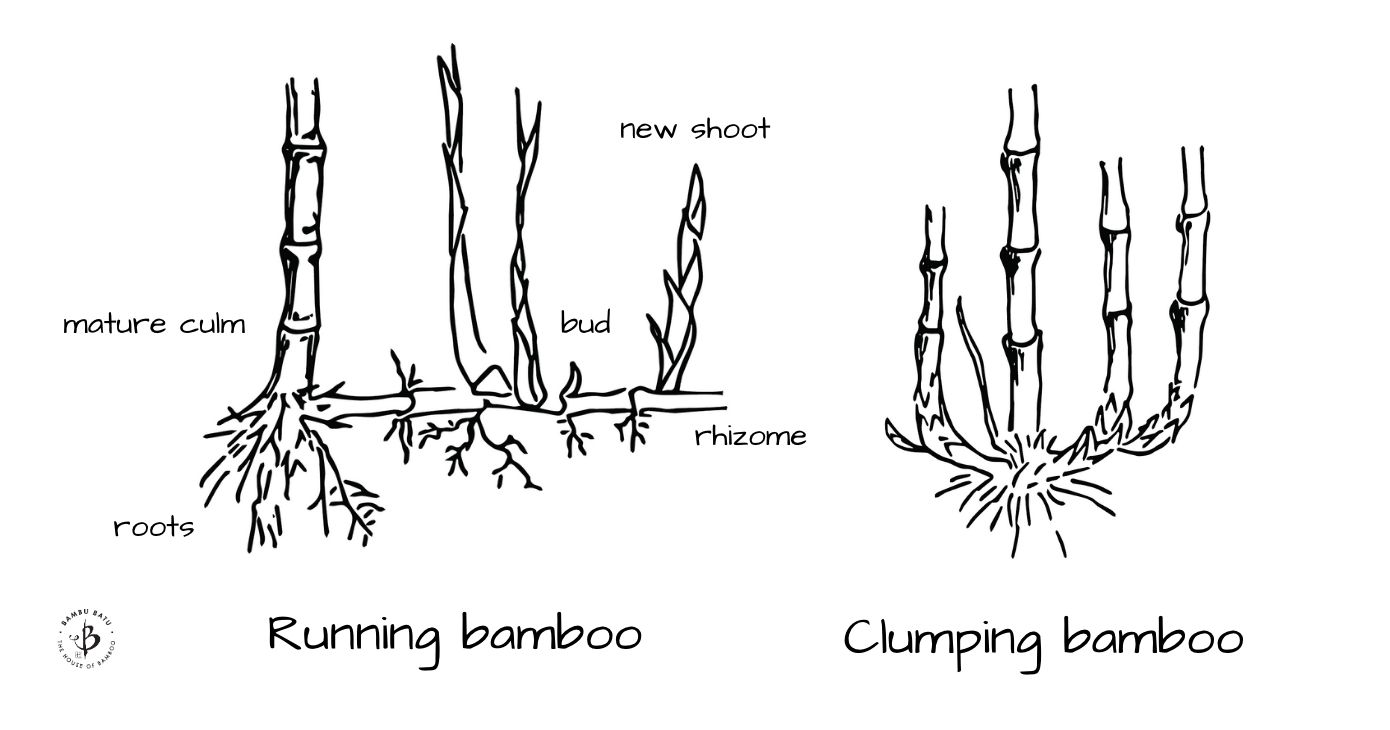
So just because you have a clumping bamboo, it doesn’t mean you can go ahead and plant it right next to your property line. It’s still going to spread out, and could potentially get into your neighbor’s flower beds. Similarly, a clumping bamboo won’t necessarily be happy in a pot. Because most pots are going to be much smaller than the full size of a mature clumper.
If you really prefer to plant in pots and containers, you’ll be better off looking for dwarf bamboo varieties. There are actually quite a few such bamboos to choose from, some being far more dwarfish than others. A dwarf green stripe, for example, only gets a couple feet tall. And a dwarf Buddha Belly can get more than 10 feet tall, although it probably won’t if it’s in a pot.
Again, take a look at our article on the 10 Best Bamboos for your garden for more details about some specific varieties.
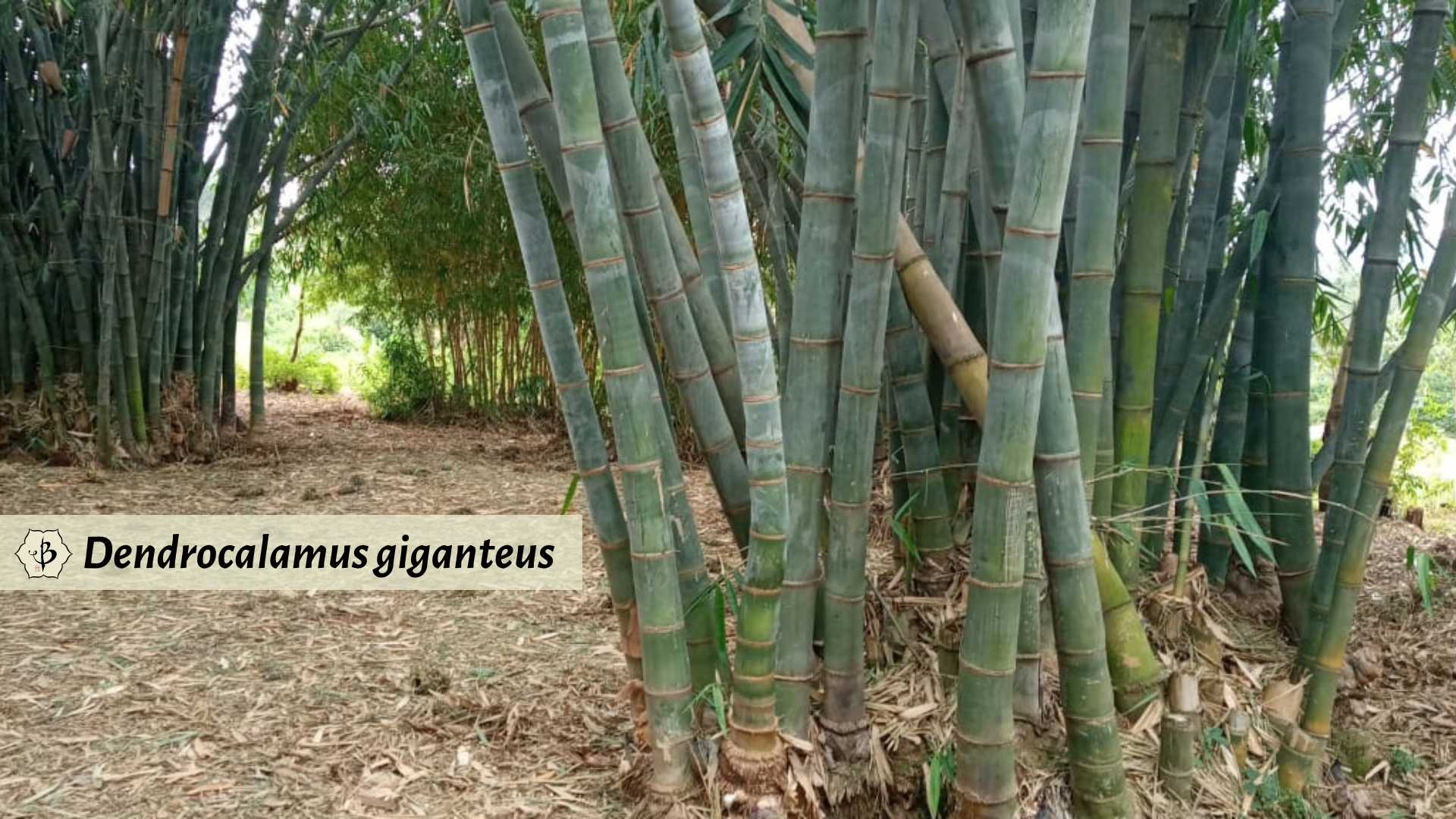
Tropical or Cold Hardy?
Once you’ve got a good handle on the size of bamboo you want to grow, and you’ve thought through the aesthetic considerations, you need to be sure you’re planting a bamboo that’s appropriate for your climate. Most clumping bamboos are native to tropical and subtropical zones, but again, there’s wide variety to choose from.
Some subtropical bamboo will actually do fine in cooler climates, while real tropical varieties will languish. And there are a lot of varieties that come from mountainous regions and will grow well in the snow and the shade. Although many will not tolerate such low temperatures.
It’s important to get the specs on your bamboo, especially if you live in an area that snows. We have an article on Cold Hardy Bamboo if you’re looking for some specific recommendations.
Sourcing and Propagating Bamboo
When you’re deciding what bamboo to grow in your garden, your best bet might be to visit a local nursery. Even better if you can find a local bamboo specialist. There are quite a few in California and Oregon, as well as down in the South. Specialists will know the varieties most suited for your part of the country.
Here are a few very reputable bamboo nurseries.
- Bamboo Sourcery in Sebastopol, CA
- Bamboo Giant in Santa Cruz, CA
- San Marcos Growers in San Diego, CA
- Bamboo Garden Nursery in Portland, OR
- Lewis Bamboo in Alabama
If there is no bamboo specialist in your area, you can try your luck at a regular nursery, or you can order plants online. Most of these nurseries ship live plants nationwide. Also check our complete directory of bamboo nurseries of America.

How to grow bamboo from seeds
Bamboo flowers very irregularly, so obtaining seeds can be difficult. Most bamboo specialists only sell live, established plants. But if you’d really prefer to grow you bamboo from seed, it can be done.
Start by getting some nice bamboo seeds. You’ll probably have to order them online. Because growing from seeds is tricky, you’ll want to plant a lot of seeds, at least ten or twenty. Many of them may not survive.
For best results, get some peat pellets to start your seeds. You can easily order an inexpensive package peat pellets from Amazon. These pellets soak up water and maintain the ideal level of moisture to germinate your seeds. During germination, you want to keep your seeds warm. It could take a week or so before you see them sprout. Always keep the pellets moist.
A bright spot in the window with a tray and a clear lid will create the perfect environment. You can also order germination trays from Amazon. Keep in mind, seedlings naturally sprout in the shade of taller plants, so indirect sunlight is best. Too much direct sunlight can be lethal.
Once the seedlings get a few inches tall, which could take a few weeks, you can place them into small one-gallon pot with some good potting soil. The design of the peat pellets makes it very easy to transplant them into dirt when you see the roots coming through the bottom. Also, add some mulch to the pot, and see that the top of the peat pellet is slightly covered.
Keep the small pots in a bright window with plenty of indirect light, or in a sheltered spot outside with full shade. Water regularly, but be sure to let the soil dry out in between waterings. If the leaves start to curl, they need more water. If the leaves turn pale or brown, they are getting too much direct sunlight.
Once the roots have filled the pot, you should see some of them poking through the holes in the bottom of the pots. This could take some months, depending on the bamboo variety and your growing conditions. At this point, you can carefully transplant the young bamboo into a larger pot, or put it right into the ground. (See soil preparation section below.) Just remember that the roots are not the same as rhizomes. And with running bamboo you need a healthy rhizome, which can take at least a year or two to develop. Only then will your specimen be really strong and resilient.
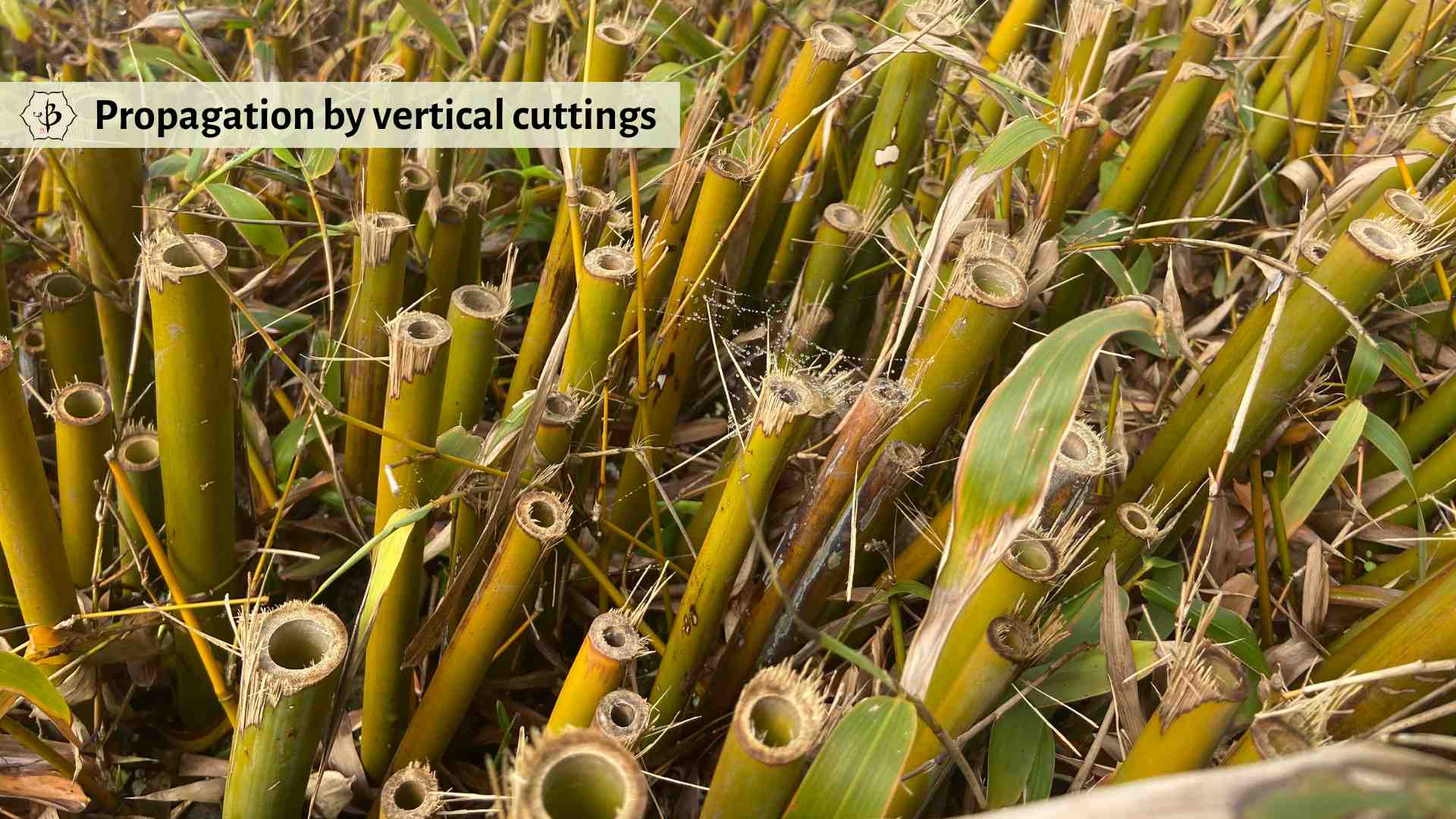
Propagating bamboo cuttings
The most common way to propagate bamboo is by root cuttings. Specifically for running bamboo, this is much easier and produces much quicker results than growing from seed. It’s also the more common method used by Mother Nature.
To take a cutting of bamboo, you need to break off a chunk of roots. This method typically has a very high success rate. Also, most bamboos need to be cut back periodically anyway, especially if they are in pots or growing in a residential neighborhood.
In some cases, you might just be able to break off a section from the main rootball. But usually, the root network is so tightly developed that you’ll need a strong saw to get through it. Making a clean cut will also be healthier for the plant, both the “mother” bamboo as well as the cutting.
Generally, it’s easier to do this sort of operation when the soil is wet. And try to avoid doing it during the shooting season.
If you’re dealing with a potted bamboo, simply lift the whole root mass out of the pot. Then you’ll want to cut it into at least three or four sections. This will ensure that the new sections have plenty of room to spread out once they are repotted. Also, there’s a chance that some cuttings won’t survive the stress, so it doesn’t hurt to have some extras. Once replanted, with some nice, rich potting soil, be sure to keep them pretty wet for the first few weeks. The young cuttings, once established, will make great housewarming gifts.
If you’re taking cuttings from bamboo in the ground, it can be a little more difficult. You probably need to do some digging to get in there and make a clean cut. And you might need to make several cuts, around and below, to separate from the main rootball. Just make sure there’s enough growth on the cutting. A cutting with at least one mature cane and a few younger shoots should look great and transplant nicely.
With tropical bamboo, or clumpers, the strategy is quite different. These varieties can be propagated by stem cuttings. Harvest a younger culm and cut it down into segments, with at least one nodal joint on each section. The joint is where the roots will form, so be sure to cover most or all of the node. You can lay the bamboo segment on its side or stick it upright in the potting soil (see the image above). Keep the soil moist and within a few weeks you should see some growth, both above and below the ground.
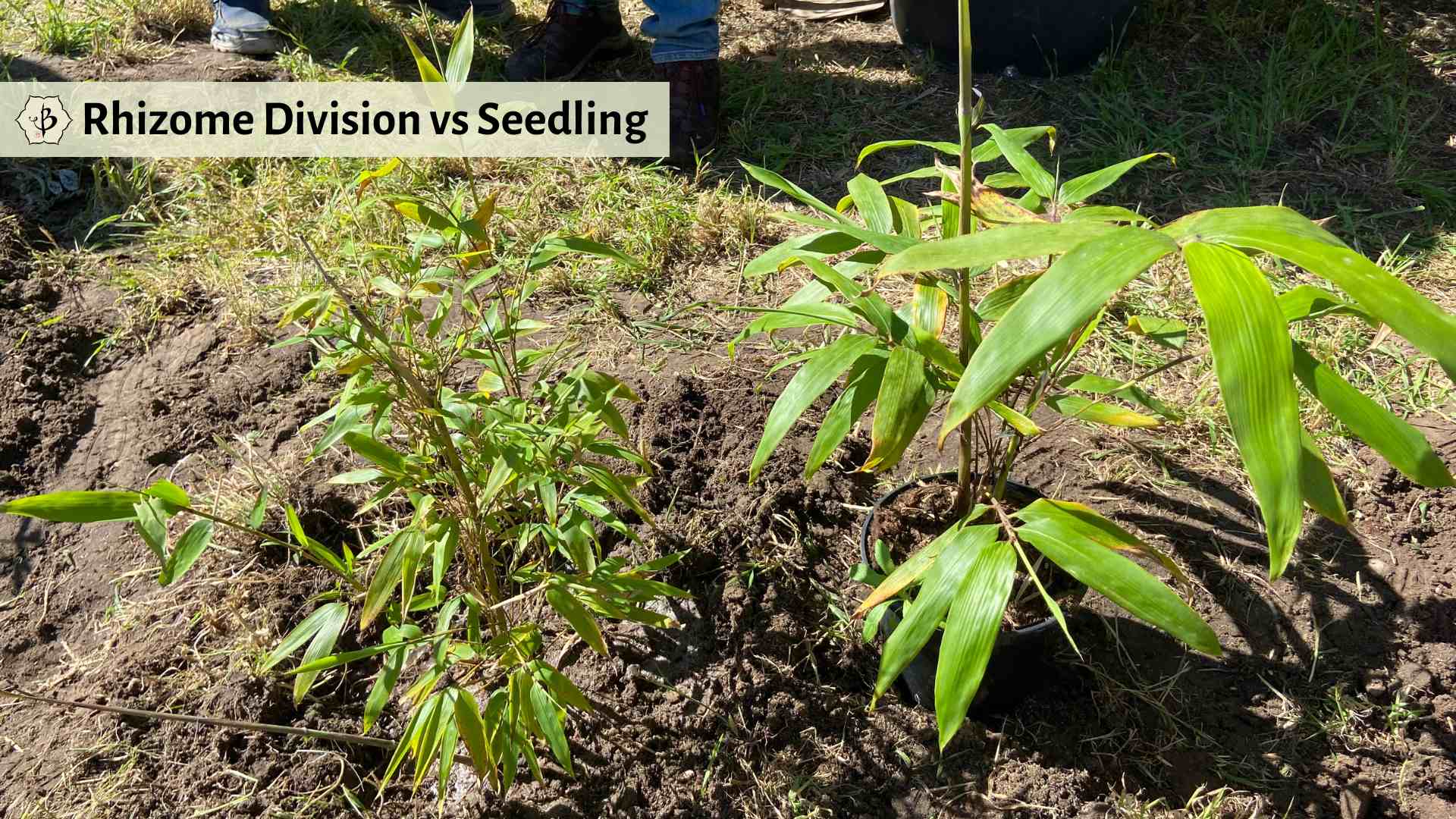
Preparing the soil for your bamboo
Bamboo is pretty hardy, and it can survive in most soil types, under a variety of harsh conditions. But if you want your bamboo to thrive, rather than just survive, you need to start by giving it a good soil medium.
Whether I’m planting bamboo in the ground or in a pot, I like to mix about half-and-half potting soil and compost or manure. Just be sure the compost or manure is not too hot and fresh. Horse manure is generally a good choice. If the manure is too hot (fresh cow pies or chicken poop), the tips of the bamboo leaves will likely turn brown.
How you prepare your planting mix will also depend on your specific soil type. If you planting in rocky or heavy clay soil, you will want to add more sand in the mix to improve drainage. If you have very sandy soil, you will want to use extra compost or manure to enrich the mix.
Another trick I like to use when planting in pots is to cover the bottom with small stones or peach pits. This helps to promote good drainage, while also preventing the soil from slipping out of the drain holes. I’ve seen many cases where the roots kept pushing out the dirt, little by little, until the pot was almost all roots and no soil. This makes it almost impossible for the roots to absorb the water they need.
If you’re planting in the ground, start by digging a good-sized hole, maybe twice the size of your rootball. If it’s hard, clay soil, make the hole at least 2 or 3 times the size of your rootball. If you’re using a root barrier, dig the hole according to the maximum size you want the bamboo to spread. Then bury the barrier. Be sure to get at least two feet deep. The root barrier is strongly recommended with any running variety, especially if you live in a residential neighborhood.
Then mostly fill the hole with your mix of soil and compost, and give the soil a good soaking. Then place the bamboo into the soil, with the surface just slightly higher than the surface of the surrounding ground. Then water it once again. After the second watering, the bamboo should sink a little further into the ground. Finally, level it off by covering the whole area with some mulch or wood chips.
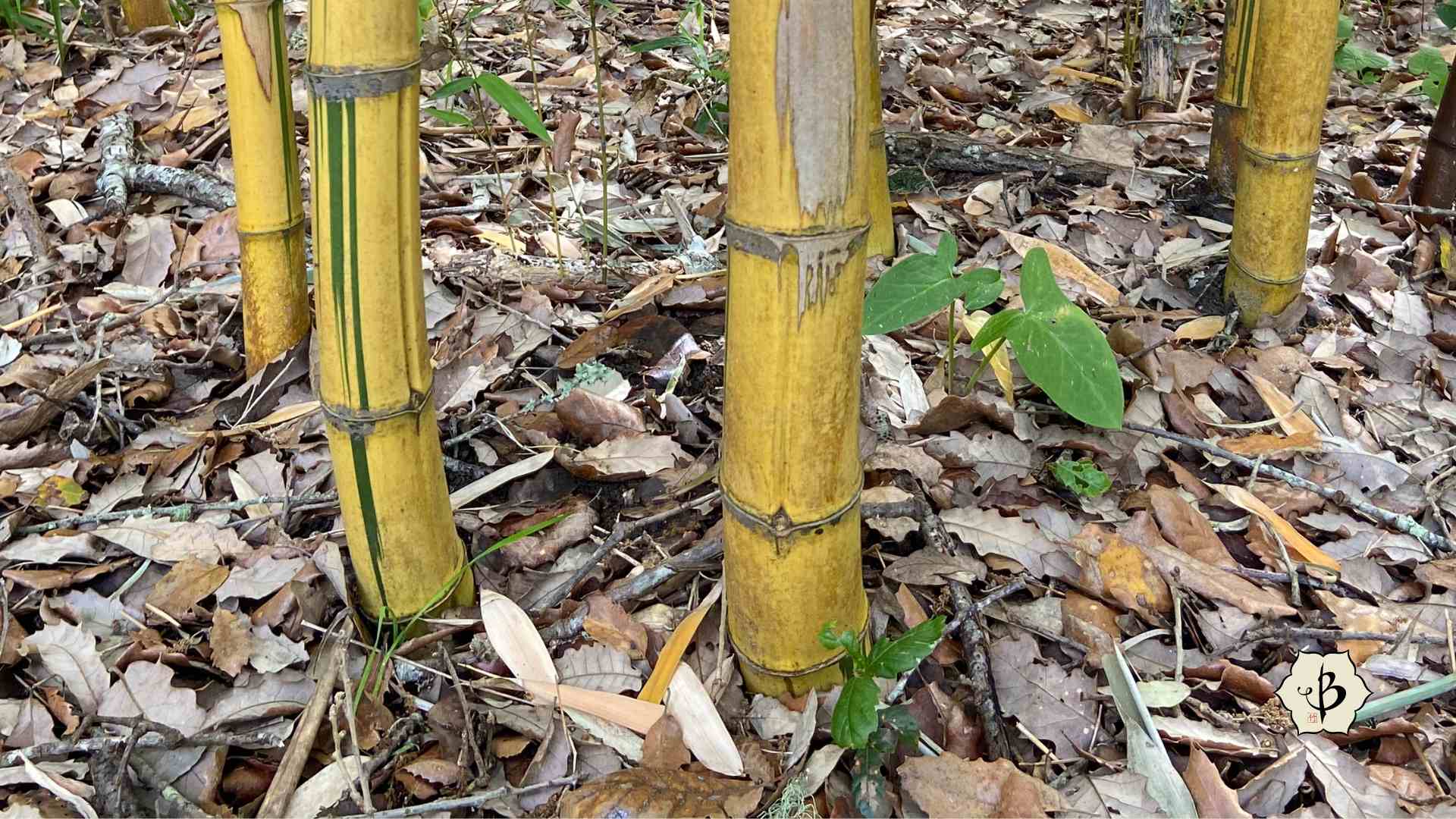
Maintaining your bamboo
Now that you have just the right varieties of bamboo happily established in your garden, you need to make sure you keep them happy.
Feeding and fertilizing
I’m a firm believer in organic gardening and using what’s local. So I’ll never buy a jug of Miracle-Gro. Manure and organic compost seem to produce the best results with bamboo. I also like to use different kinds of compost tea, and sometimes I use pellets that release slowly. But also happen to know a lot of farmers and landscapers, so I have a good source for compost tea. I can also get horse manure pretty easily.
Check out our in-depth article on Fertilizing Your Bamboo.
Either way, just follow the directions, and add some nutrients about twice a year. I like to fertilize in spring and fall. Then, if I’m adding horse manure, I’ll top it off with a few more inches of mulch. The mulch helps keep the nutrients and the moisture in place. Eventually, the mulch breaks down, adding more nutrients and also helping with drainage.
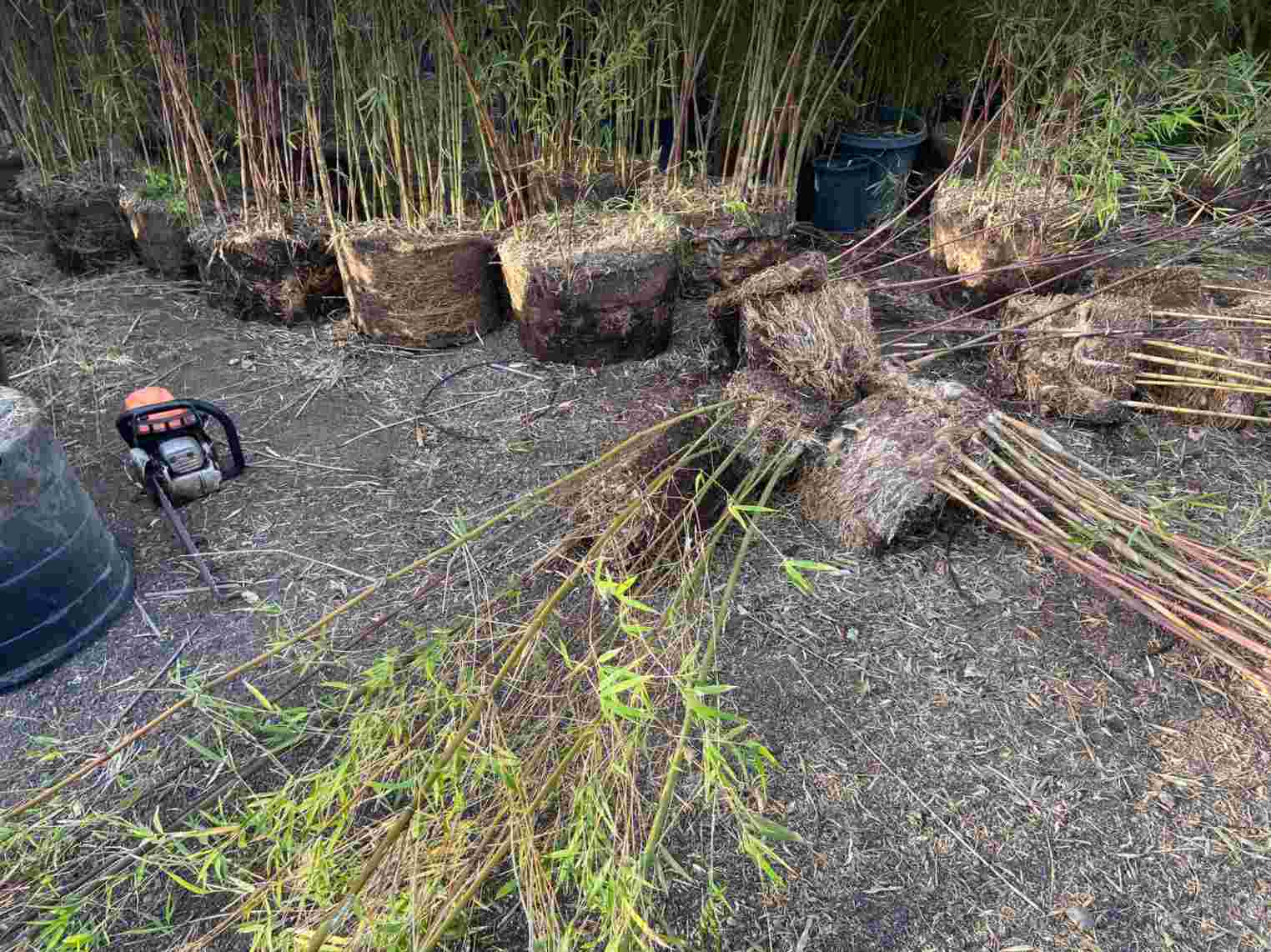
When to water bamboo
Bamboo likes to have a pretty steady supply of water. Depending on your climate, it usually needs watering once or twice a week. Of course, if it’s raining, your job is done. But if it’s a heat wave in the height of summer, you might need to water it every day. If you see the leaves curling, that usually means it’s thirsty. It might take a couple days after watering for the leaves to get back to normal.
Potted bamboos are the most sensitive when it comes to watering. They can dry out quickly, especially in black plastic or clay pots. They might need watering every other day. But pots can also have drainage problems. If the water isn’t draining the roots can have mold and rot issues. Be sure the pots are not root-bound, and allow the soil to dry thoroughly between watering.
Also check out our in-depth article on Watering your bamboo: How much and when.
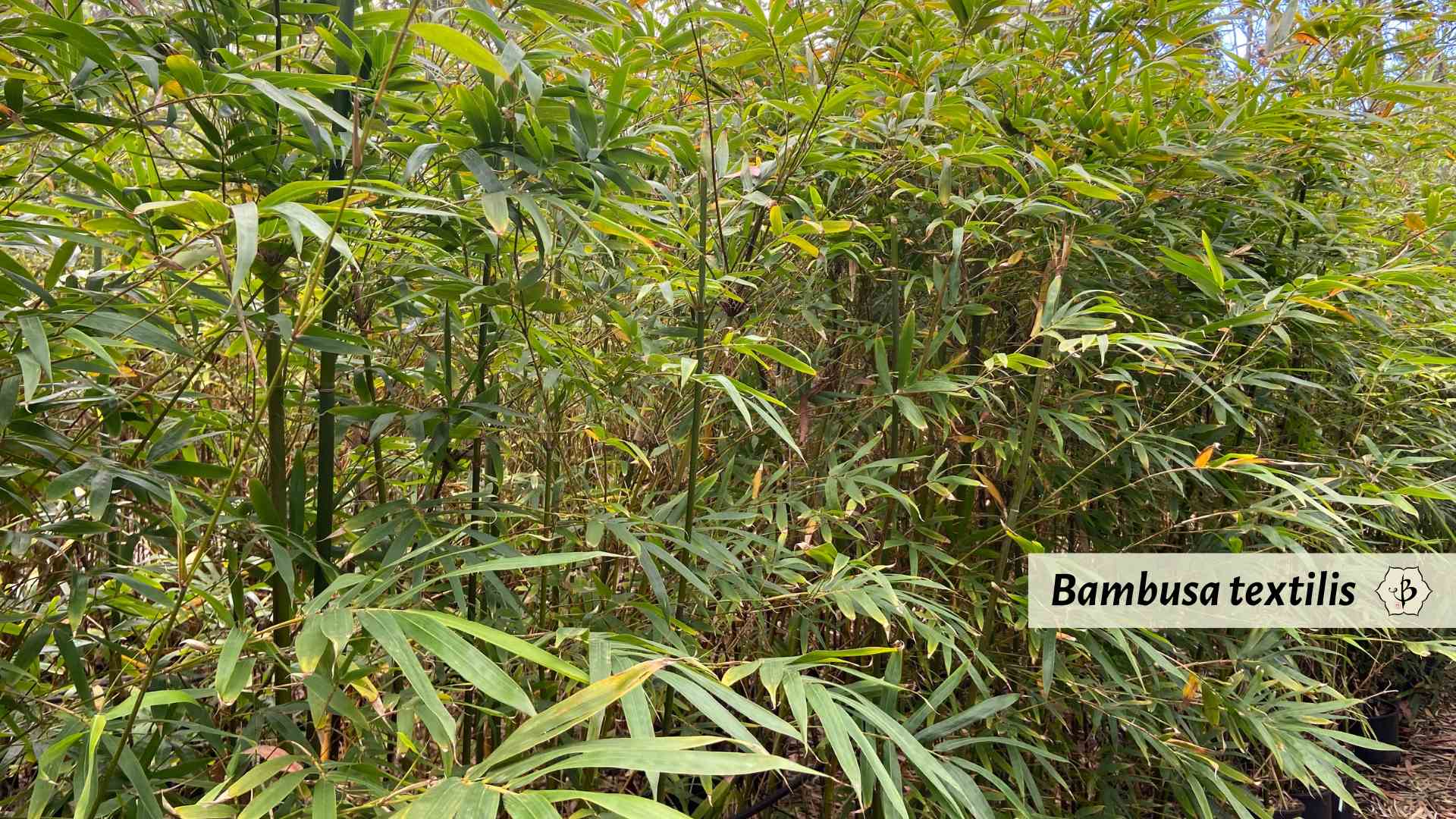
Pruning your bamboo
You might never need to prune your bamboo. Most bamboo varieties that are sold in nurseries are pretty attractive and look good naturally. Their leaves will fall and just add to the mulch. But in some cases, pruning is a good idea.
Certain varieties, especially striped bamboo like Alphonse Karr look great when you remove the lower branches. When you cut back all the growth around the bottom 3 feet or so of the plant, it really shows off the distinct color of the canes.
Buddha Belly is another species where you want to show off the shapes of the culms. Also, pruning Buddha Belly from the top will encourage the poles to grow more zigzagged, which produces a very interesting effect.
If you have a bamboo privacy hedge, you may want to prune the top to make it clean and level. Personally, I prefer to let it grow naturally to its full height. Eventually, the mature canes will top out at around the same place. But in some well-manicured gardens, a clean, square hedge might look more attractive. Pruning the top also promotes lateral branching, which creates a denser hedge.
More important, however, is the pruning of the roots. Especially with running bamboos, but also with clumpers, you want to dig in at least once a year, maybe more, and see where the roots are. In some case, the running rhizomes can be spreading much faster than the above-ground bamboo would lead you to believe. You can cut these back with a sharp spade, or use a good pair of clippers for more precision.

Harvesting bamboo
Congratulations, you’ve successfully grown a bumper crop of bamboo! If you’re really into it, like me, you have some showcase pieces around the center of your garden, like Robert Young, Graceful Bamboo, and Alphonse Karr. Then your perimeter will be lined with a nice bamboo hedge. And finally, you might have some compact, dwarf varieties to fill in the gaps and accent your more majestic specimens.
Among the varieties, you will certainly have at least one or two that produce tall, straight handsome poles for building and home decor purposes. Black bamboo dries out beautifully, with its rich dark brown tones. You can use it for any number of light carpentry projects. Then you may have some giant timber bamboo for heavier construction. Maybe some surfboard racks in the garage or some framing in the man cave. The possibilities are limitless.
Select the nicest canes, just the right size for whatever project you have in mind, and cut them down to just an inch or two above the ground. Any sharp wood saw should do the trick. Bamboo is very easy to cut through because it’s hollow (usually). Just make a clean cut, and try to cut as close above the node as possible.
From there you can cut it down to the size you want. You will probably want to let it dry before you get too crafty with it. The color changes, usually from green to yellow when it dries out. Small poles will take a few weeks to dry. And giant timber poles can take a few months. Best to let them cure slowly, in a dry, shady place.
Finally, to protect them from pests, weather, and wood rot, the bamboo poles should be treated. The best method for this is to soak them for a couple days in a solution of borax and boric acid.
Conclusion
Now you are ready to tame the wild beast. Maybe check out some bamboo photography collections to get inspired on what varieties to plant and how to use them for maximum effect in your garden. Then look for some good spaces in your garden that need some revitalization. Maybe pull out some old Morning Glory vine or some other nuisance, and make room for a spectacle of bamboo. Plant wisely, and your bamboo garden could soon be the envy of the entire neighborhood!
Learn more
Take a look at some of these detailed articles to learn more about specific aspects of bamboo, and for recommendations on specific varieties for specific purposes.
- Clumping bamboos: Never run again
- Bamboos for hedges and screens
- Cold hardy bamboos for snowy climates
- Timber bamboos: The greatest of grasses
- Bamboo indoors: The inside scoop
- Best bamboos for building and construction
- Native bamboo of North America
- Bamboo and Carbon Sequestration
FEATURE IMAGE: Elegant grove of Phyllostachys aureosulcata with Indocalamus tessallatus in the background. Photo by Fred Hornaday.
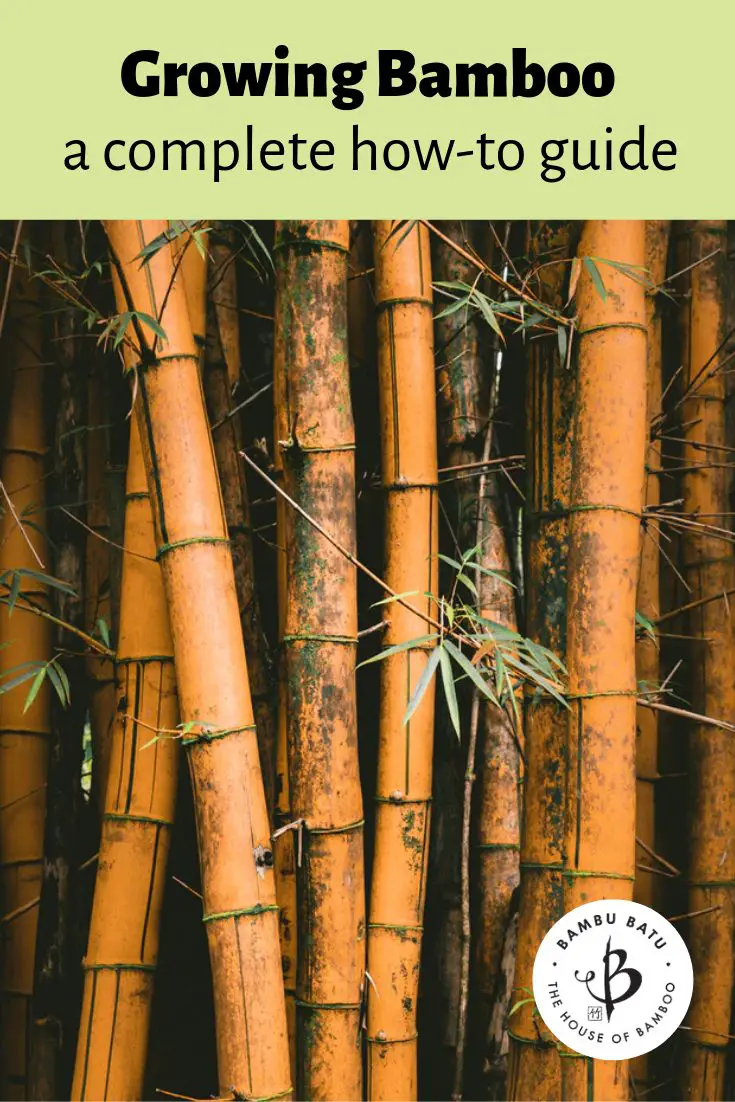
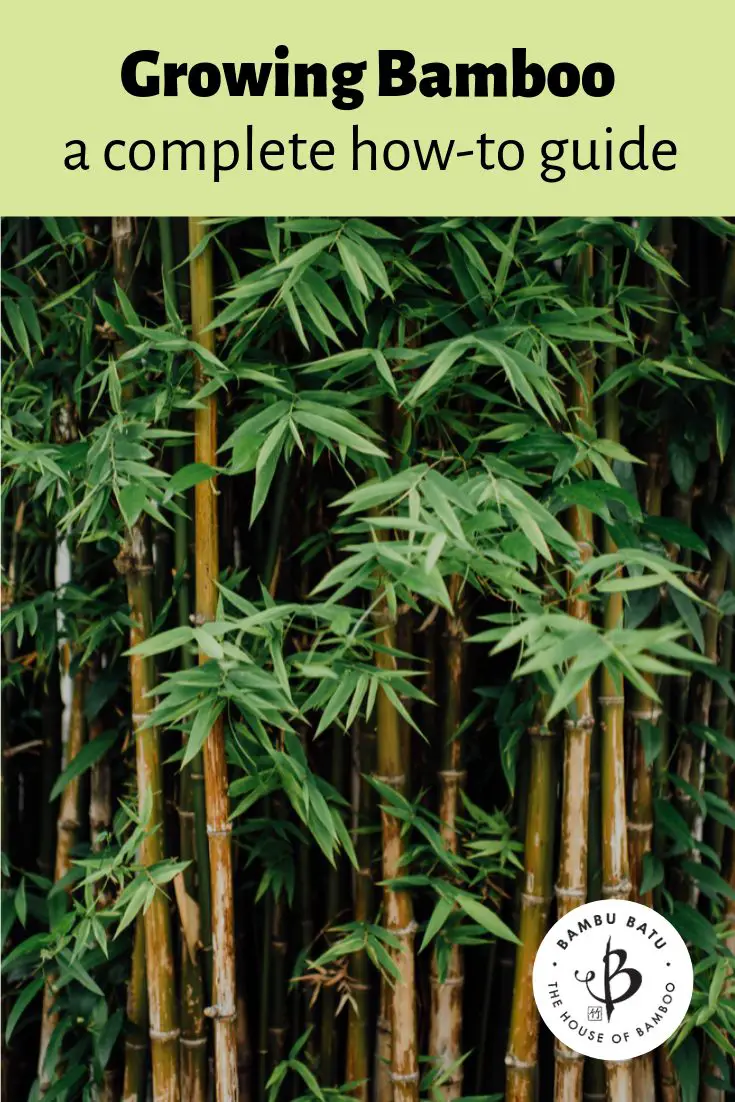

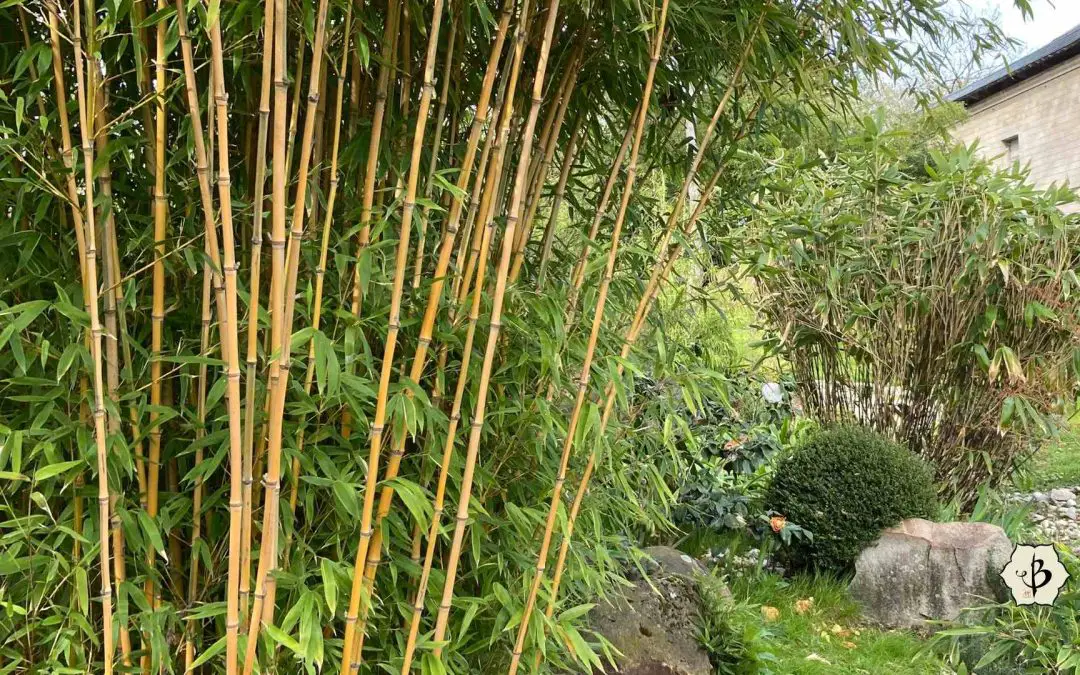
























This is one of the best bamboo articles on the internet. I absolutely loved reading it, learned a lot and got a lot of info. This is amazing. I absolutely love love love bamboos, and this article, being comprehensive, conveyed all the information in a pleasure-read.
Thank you Artemis. I’m so glad you enjoyed it. Stay strong with bamboo!
I’m looking for a zone 5 bamboo for privacy that grows quickly and tall. What do you recommend?
Take a look at our other articles on best bamboo varieties and planting privacy hedges.
Can we planting bamboo in big lang inside sea and watering them with sea water that mean salty water??
No, please do not irrigate with salt water!